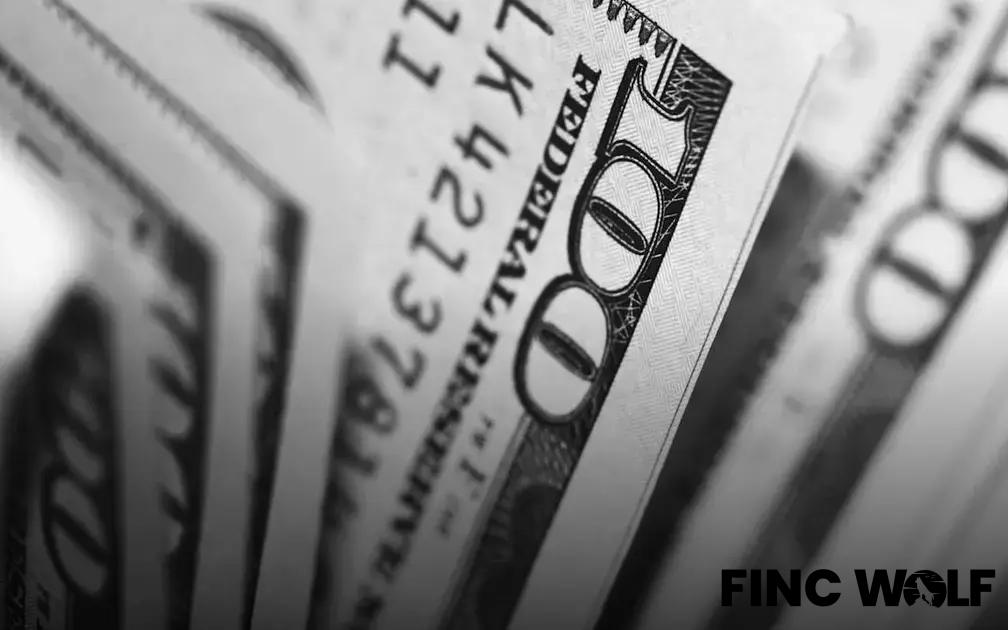Managing your finances can be a daunting task, but with the best budgeting apps for 2025, you can simplify the process and gain control over your money. Whether you’re a beginner just starting to track expenses or a savvy saver looking for new tools, these apps offer the features you need to succeed. From user-friendly interfaces to comprehensive tracking options, there’s something for everyone. Let’s explore what makes these apps stand out and how they can help you reach your financial goals.
Top Features to Look for in Budgeting Apps
When choosing a budgeting app in 2025, it’s crucial to consider the top features that ensure user-friendliness and comprehensive budgeting capabilities. Many apps offer a wide array of features, but here are some must-haves you should look for:
- Intuitive Interface: A user-friendly interface allows you to quickly input expenses, view reports, and switch between budget categories without hassle.
- Automatic Sync: Modern budgeting apps should link with your bank accounts, credit cards, and other financial platforms, eliminating manual data entry.
- Customizable Categories: Look for apps that allow you to tailor categories to match your spending habits.
- Real-time Notifications: Alerts for upcoming bill payments and low balances can help prevent overspending.
- Data Security: Choose an app with robust encryption and security measures to protect your sensitive financial data.
- Multi-device Compatibility: Ensure the app works seamlessly across various devices, allowing you to track your finances on the go.
Today’s budgeting apps are designed to make financial planning easier and more efficient. Make sure the app you choose aligns with your financial goals by checking for these essential features.
Free vs. Paid Budgeting Apps: Which is Worth It?

Cost and Accessibility: Free budgeting apps are appealing because, well, they’re free! They let you try out their features without any cost, which is great if you’re new to budgeting or want to see what works for you. On the other hand, paid apps might offer extra features or better customer support. But, are these extras worth the price? It depends on what you need!
Functionality and Features:
Free apps often include basic features like expense tracking or simple reports. However, paid versions sometimes offer advanced options like investment tracking and integration with bank accounts. Consider what features will best support your financial goals. User Experience: Sometimes the interface in free apps might be cluttered with ads, while paid apps typically provide a smoother, ad-free experience. A clean interface might make it easier to stick to your budgeting plan.
Privacy and Security:
Both free and paid apps usually offer secure data handling, but it’s crucial to read their privacy policies carefully. Occasionally, free apps might use your data for marketing, which is less common with paid apps. Customer Support and Updates: One advantage of paid apps is often better customer support and regular updates with new features. Free apps might take longer to fix bugs or add features, potentially impacting your experience.
How to Choose the Right Budgeting App for You
Choosing the right budgeting app can be a game-changer for your financial management. Start by assessing your financial goals and needs. Are you saving for a big purchase, managing debt, or just tracking daily expenses? Look for apps that align with your objectives.
Ease of Use: Select an app with a user-friendly interface, allowing you to easily enter and track your expenses. Many apps offer a dashboard that provides a quick overview of your financial status, helping you stay on top of your budget.
Compatibility: Ensure the app is compatible with your devices. Whether you’re using a smartphone, tablet, or computer, having access to your budgeting data across all platforms is crucial.
Security: Financial data is sensitive, so choose an app that offers robust security features. Look for those with strong encryption and secure login methods. Some apps may also offer biometric authentication, like fingerprint or facial recognition, for added protection.
Customization: The ability to customize categories and set personal goals can make a significant difference. Select an app that allows you to tailor it to fit your lifestyle and spending habits for more accurate tracking and analysis.
Calculate the cost-effectiveness by comparing free versions with premium features. Free apps might be limited, while paid apps often provide advanced tools like detailed reports, multiple account linking, and educational resources. Balance your budget by matching the app’s price with the features you actually need.
Final Considerations
Test a few options if possible, many apps provide free trials. This can give you a feel of the functionality and interface before committing. Always read user reviews to gain insight into potential drawbacks and positive attributes from real users to guide your selection.
User Reviews: Insights on the Best Apps of 2025

Delving into the user reviews of the most popular budgeting apps of 2025 reveals crucial insights that help decipher the strengths and weaknesses of each app. Users often highlight the intuitive design and ease of navigation as essential factors. Many appreciate the seamless integration with bank accounts and constant synchronization, allowing real-time tracking of expenses.
For instance, apps with a strong focus on personalization receive praise. Users love the ability to customize categories and set reminders for due payments. Additionally, having a robust support system in place, such as chatbots or customer service reps, is a frequently mentioned bonus, showing the importance of a responsive support system when users run into issues.
User reviews often suggest that the
security
features of budgeting apps are a top priority. Encryption and secure connections are mentioned as necessary to keep personal data safe. Furthermore, budgeting apps that offer educational resources, like tips and tutorials on better money management, receive glowing reviews for providing added value to the user experience.
Overall, while some users prefer free versions for their basic needs, others find paid versions offer advanced features that are worth the investment, such as enhanced analytics and priority support. These observations from user reviews are indispensable for potential users looking for an app that fits their personal budgeting style and needs.




